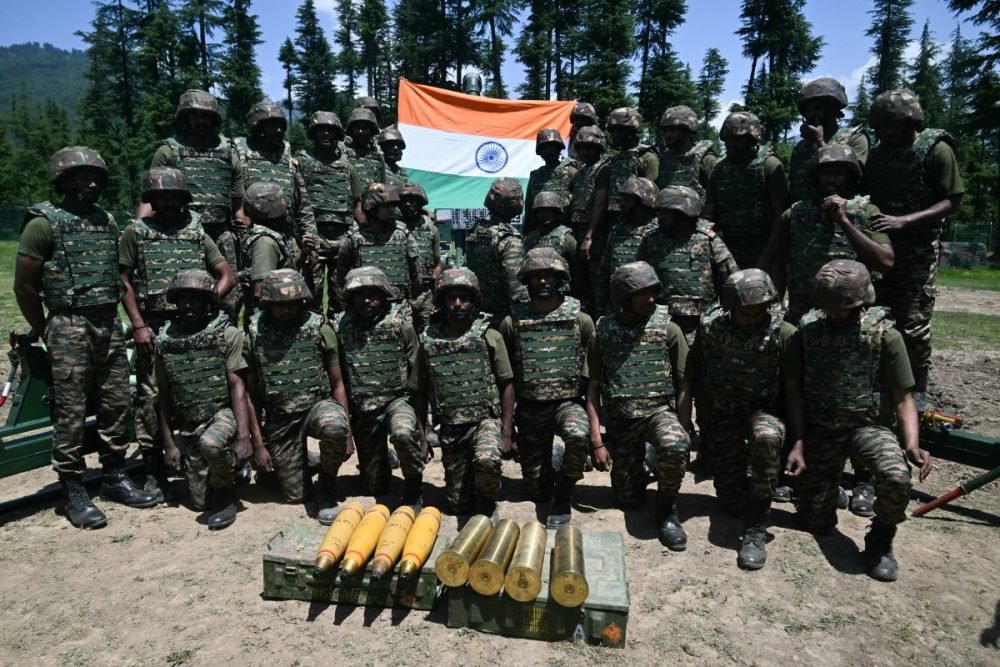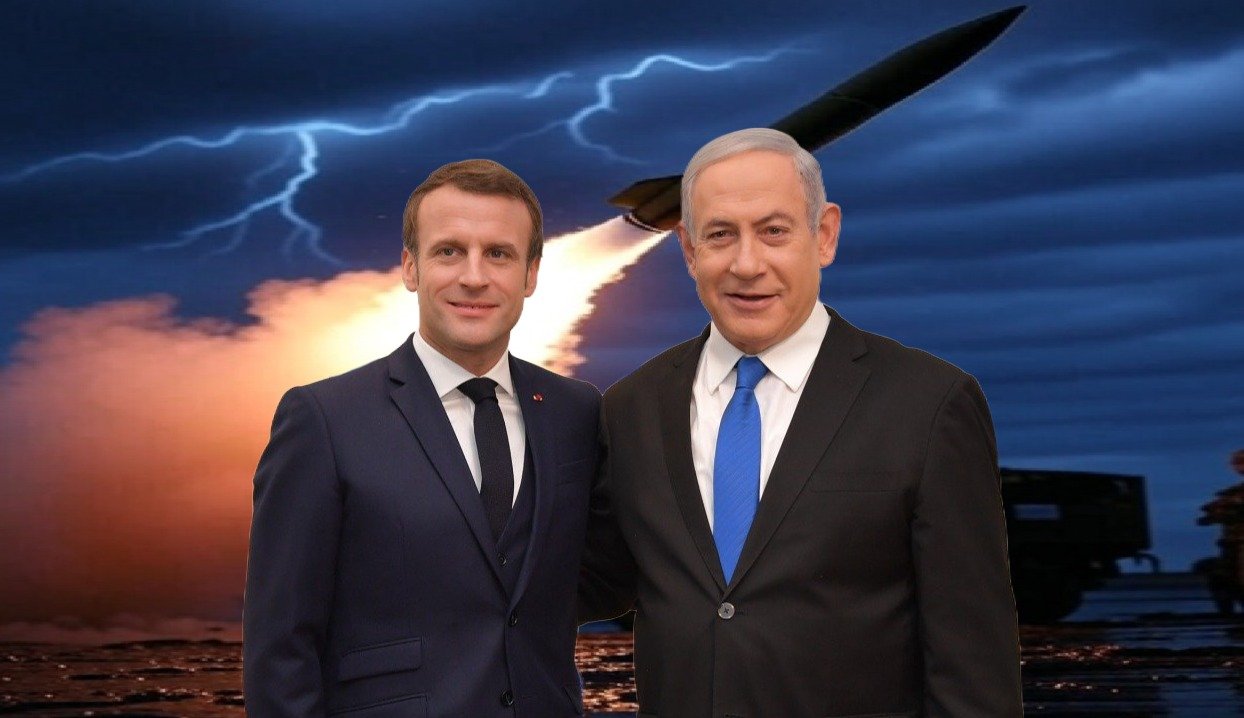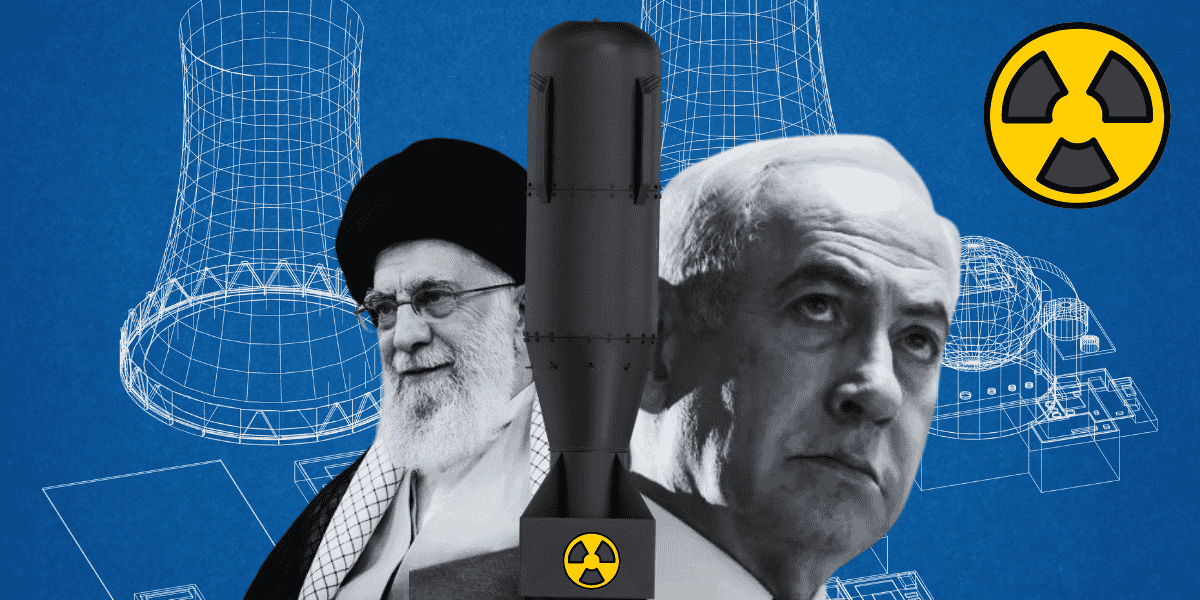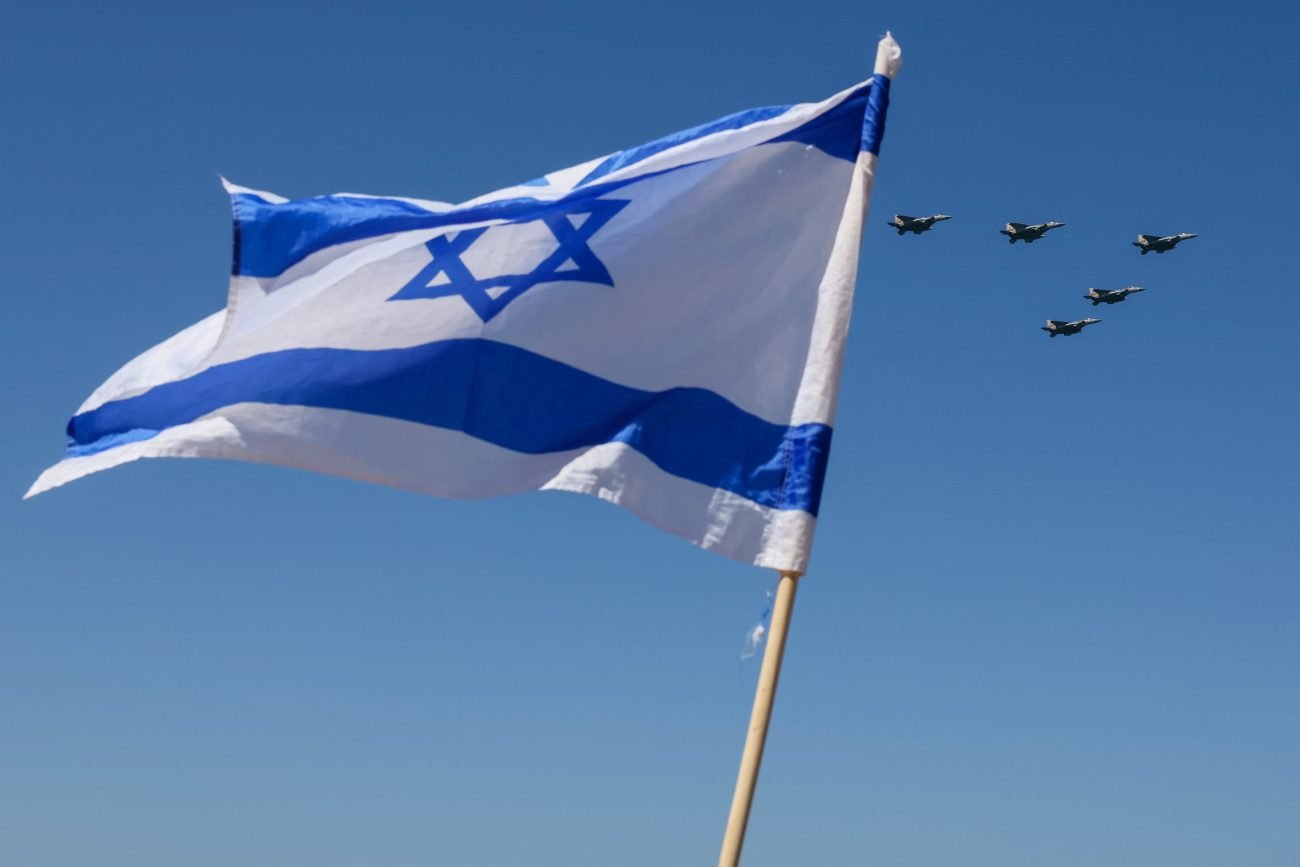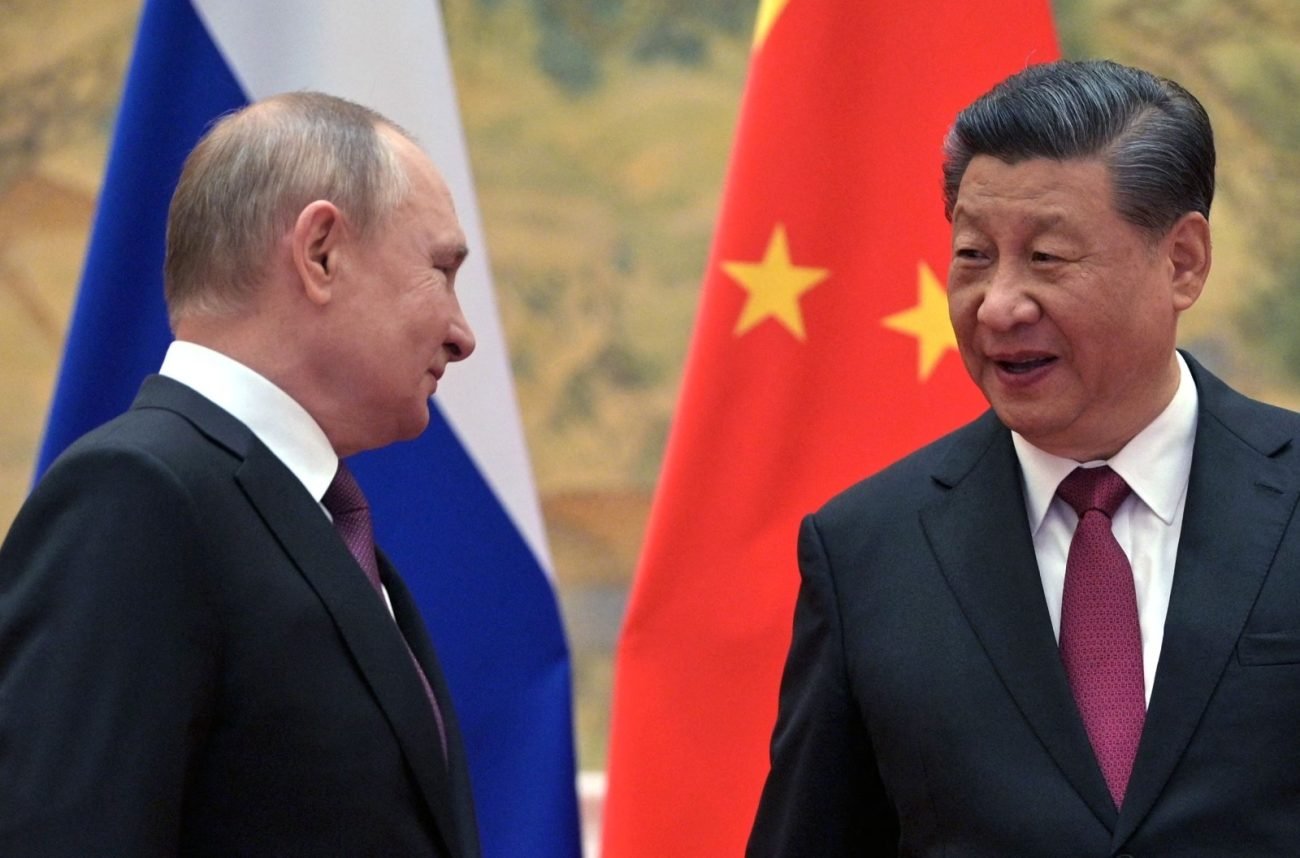OPED By: Group Captain Johnson Chacko
Military conflicts in the last half century have resulted in a lot of death and destruction without the objectives being achieved by the warring nations. Even the superpowers had to withdraw from the lands they forcibly occupied without achieving the stated aims.
The notable exception has been Operation Sindoor, which was carried out by India.
The aim was to dismantle the terrorist infrastructure within Pakistan to reduce terrorist threats to India, after the Pahalgam terror attack. This operation, which lasted for about 90 hours, inflicted damage to the assets of Pakistan, which are enumerated below.
11 PAF airfields where the runways were rendered unusable for a significant amount of time.
PAF Nur Khan had many casualties of which at least 25 were fatal, Rahim Yar Khan was struck by three missiles, Jacobabad, Mushaf (Sargodha – 9 Km north of Kirana Hills) was struck by one missile, Murid (Hardened Deep Buried Assets – HDBA) was destroyed, Bholari was struck by four missiles, AWACS in hangar was destroyed, at least six casualties were fatal, Lahore (Walton) was struck by two drones, Sukkur and two more.
According to credible sources and reports from ANI, India’s premier news agency, Pakistan suffered the following losses.
- Three of the 22 Hardened Deep Buried Assets – Command, Control and Communication Centres, including the one at Murid, were destroyed.
- Three Mobile Control Centres were destroyed
- Many Air Defence Radars
- Several SAGW (Surface to Air Guided Weapons) units, including one HQ-9P (Chinese reverse-engineered Russian S 300 PMU).
- 6 fighter jets in the air.
- 2 HVAA – High Value Aerial Asset, one of which was flying and the other one in a hangar at Bholari (both AWACS). Air-to-Air Refuellers are also HVAAs.
- One C-130 Hercules transport aircraft on the ground.
- An unknown number of fighter aircraft on the ground.
- A significant number of Wing Loon MALE (Medium Altitude Long Endurance) UAVs destroyed on the ground.
- 10 UCAV (Unmanned Combat Aerial Vehicles) destroyed in the air.
- Several Air and ground-launched cruise and ballistic missiles were intercepted in flight.
These are from highly reliable sources, with multi-source verification including video footage recorded by Pakistanis at the site of destruction available on social media, satellite image interpretations, and tenders floated for reconstruction and repairs.
The number of aircraft parked inside the hangars that were hit is unknown, as is the status of the long-range missiles, which may have been in shelters. India needs to thank Pakistan for providing so many live targets to validate the efficacy of our missiles and drones in offensive operations.
The estimate of losses to Pakistan’s war-fighting capability is substantial. In terms of the PAF, it has set them back by at least five years. In monetary terms, it is estimated to be more than USD 7 billion.
In this age of drone warfare, where conflicts are long-drawn-out, how did India achieve such spectacular results using the IAF and the Army Air Defence in such a short time?
Indian Armed Forces have fought many wars, and some form of doctrine, written or unwritten, were followed by each service at that point of time.
War is about making the adversary accede to your will. If it is intended for a slight behavioural change of the adversary, then it is called a limited war. If the adversary is expected to plead for mercy or offer unconditional surrender, then it is a total war.
Occupation of territory for subsequent bargaining and settlement of the power equation is no longer an aim, as we have always given back what we have conquered at immense cost.
In this age of globalization and the speed of media, especially social media, international intervention will be swift. The pressure exerted by international sanctions limits the sovereign space for continued military action.

If there is theft, there are bound to be wars. Most of the wars fought through the centuries have been for economic gain.
If that is so, why should India invade Pakistan? What is so attractive in Pakistan that India needs to conquer Pakistan? The reason for invasions is to occupy territory. Invasion causes retribution from the international community, like that against Russia for the invasion of Ukraine, followed by guerrilla warfare by the conquered.
If the aim is to teach Pakistan a lesson that terrorism will not pay, then India does not have to take over territory as a bargaining chip for subsequent negotiations. If the aim of Pakistan is to carry out terrorist action as a part of their strategy of bleeding India through a thousand cuts, then India needs to decapitate the arm that holds that knife. India needs to drive home the fact that terrorism will not pay, to the decision makers in Pakistan.
Technological advancements have significantly affected warfighting. A paradigm shift in the doctrine is essential in the age of drones and guerrilla tactics used against an occupying force.
We cannot win the next war by fighting the last one. The solution for India appears to be swift military action with overwhelming force that decapitates the adversary’s war-fighting capability, making the acquisition of such capability again prohibitively expensive.
The Indian Military Doctrine needs to ensure that an overwhelming military force is used to decapitate the enemy’s military capability in a very short span of time, declare a ceasefire, and return to base even before the news channels broadcast the strikes to the world.
There will be no opportunity for the adversary to resort to guerrilla warfare as we don’t occupy territory. It will be very expensive for the enemy to reacquire the capability, as it will result in significant economic setbacks. There will be no international pressure and no interference from the UN. Speed is of the essence. Procrastination may be fatal.
India needs to continuously study the target systems that are being presented, analyse the centre of gravity, the centre when taken out has grave consequences for the enemy, decide on the weapon systems best suited to take it out without collateral damage and adequate battle damage assessment in good time to show proof on social media if required.
Integration of all arms of the government is essential at the planning stage itself, so that Cyberwarfare, Information Warfare, and other related activities can be planned well in advance. The narrative war also needs to be won.
Among the armed forces, the Air Force is the quickest to respond, next is the Navy, and then the Army. There will be no time to build up the necessary strength by recalling people from leave, from courses, mobilising reserves, etc.
We need to have IBGs (Integrated Battle Groups) of the Army with adequate strength for the missions planned, always available. They should always be ready to move at a moment’s notice to decapitate targets of value and return in a hurry, maybe within a day.
They need to smoke out the forward military posts of the enemy to create a path for subsequent thrusts if needed. It should be done with surgical precision, deliberately and destroy capabilities like command centres or important nodes, bypassing well-prepared defenses.
The Navy should sail out for operation on the first indication of a terrorist strike and deploy at preplanned stations for any further action, especially using air power and long-range weapons.
The Air Force, being the fastest, needs to carry out strikes against the “centres of gravity” and high-value targets using long-range stand-off weapons designed for precision targeting.
Any HVAA or fighter getting airborne from any PAF airfield needs to be brought down as quickly as possible using the long-range air defence assets we have. Network centricity is essential. Considering that no terrorist activity can take place in India without the consent of the Pakistan Army Chief and the head of ISI, they become the targets automatically.
The Air Force has the reach and the weaponry to reach any target, be it tactical, operational, or strategic, within Pakistan, and they will have no place to hide.
With the advent of drones, we need to create a well-balanced Battlefield Air Force to operate in well-defined geographical areas with a height limit of maybe 5000 feet AGL.
It needs to encompass all the components of air power, including offensive operations to attack targets that impact the battlefield, air defense to intercept enemy drones and missiles within the defined area, electronic warfare, intelligence, surveillance, and reconnaissance (ISR), logistics, and other relevant capabilities. It may need to merge the existing capabilities to form a combat-effective force focused on the use of air power in the defined battlefield.
A terrorist action does not need a response with graduated, measured, calculated escalation. It needs instant and “sledgehammer” retribution with no time for anyone to interfere. The speed of retribution should not leave any time for analysis. This is the age of satellite surveillance, real-time intelligence, and analysis, where it is not difficult to be overwhelmed by information overload.
Integration is needed at the planning stage itself. It should include electronic warfare, space, and cyber warfare domains, besides the three Armed Forces.
It should be aimed at destroying the power of the enemy to make decisions. It should be used with overwhelming force to achieve rapid dominance, so that the enemy does not know what has hit them.
We need to plan well-coordinated operations that can be executed within a short span of time. We need to aim for the collapse of the enemy, not just defeat. We need to transform into a unified, intelligent force.
With this doctrine, air dominance will be achieved early, with their sensors, radars, and air defence. Command, control, communications, and their ability to make decisions will be destroyed. The fastest way to victory is when the enemy keeps guessing. There will be a motivation to use tactical nuclear weapons, but since our nuclear doctrine is very clear about a massive response, no rational being should attempt it.
The disengagement needs to be equally swift, as the objective is to neutralise their capability; we should withdraw to our safe bases after the task.
This will send a clear message to the world that no one should test India’s resolve. This is the doctrine that exploits speed. When the initial dust settles, the enemy does not find anyone to fight with. If we control our aggression and withdrawal, we will not only win the battle but also the peace thereafter.
The message to Pakistan in the words of a boxing referee would be – Well fought Green, Vermillion the winner.
- By Group Captain Johnson Chacko (R)
- The author has specialised in electronic combat, offensive air operations, air defence operations, strategic reconnaissance, and airborne weapons employment. He was also on the faculty of the Staff College and the College of Defence Management.
- THIS IS AN OPTION ARTICLE. VIEWS PERSONAL OF THE AUTHOR
